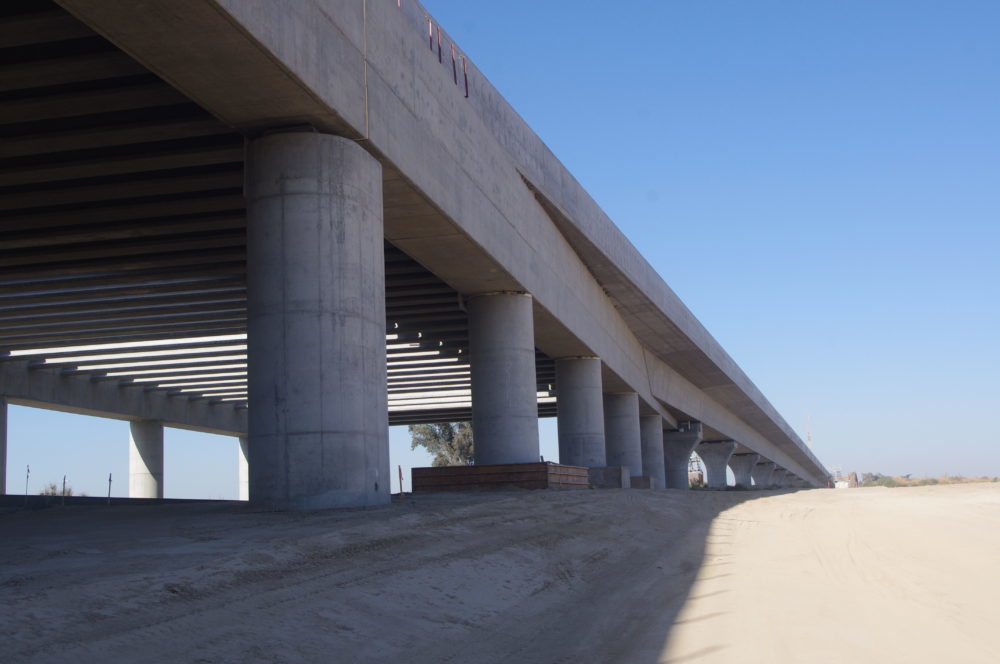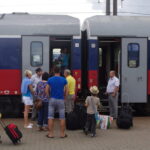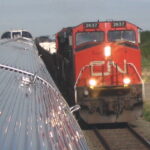Let’s Assign Transit Costs Fairly.
The day after the Rail Passengers Association’s Fall meeting concluded in Sacramento, twenty of us were given a tour of several construction sites for California’s high-speed rail system.

We stopped at three different locations, all in what Californians refer to as “The Valley”, near Fresno. It was about a three-hour bus ride from Sacramento.
One of our guides agreed that the extreme opposition to the project seems to have died down, at least for the time being. And she lit up in agreement when I suggested that—for both accuracy and fairness—the investigating media should compute, then publicize, how much money these transportation projects are compelled to spend explaining project delays which, in many cases, are caused by opponents of the project.
Honolulu’s transit system is a perfect example. It has been under design and construction for more than ten years and is millions over budget. There have been delays—some when certain aspects of the system had to be revised, but others beyond the control of project managers.
For instance, several ancient Hawaiian burial grounds were uncovered as work progressed and that meant almost everything stopped for months while the anthropologists came in and did whatever it is they do.
And there have also been legal challenges by the anti-rail forces, forcing the transit authority to hire $200-per-hour attorneys to defend the project.
So why is it that we never read that x-million dollars, or y-percent of the cost of one of these projects is caused by the people who don’t want to see it built? Just once, I would dearly love to hear a spokesperson for one of these big rail projects say, “We estimate that this latest lawsuit by the project’s opponents will add another six months to the completion date and another 54 million dollars to the cost.”



